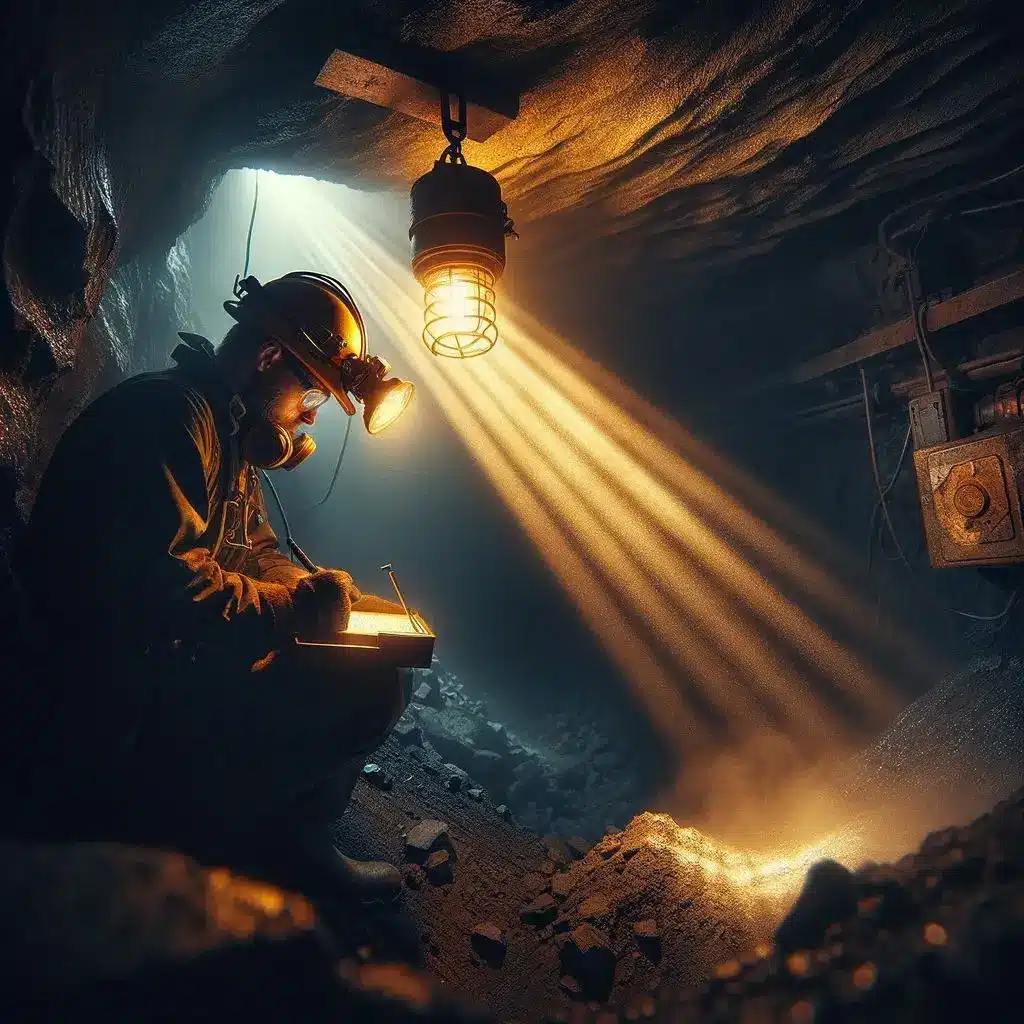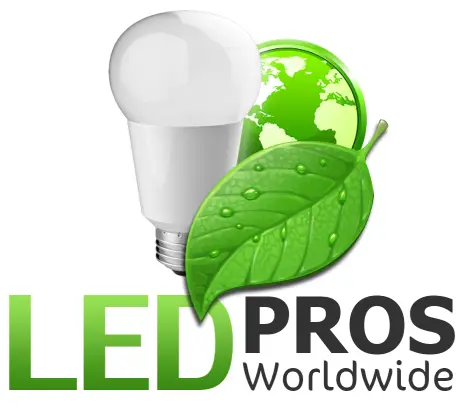n today’s industrialized world, safety is of utmost importance, especially in hazardous locations where the risk of fire or explosions is high. That’s where explosion-proof lighting LED comes into play. These specialized lighting solutions are designed to minimize the risk of ignition in areas where flammable materials are present, ensuring the safety of workers and the integrity of the facility. In this comprehensive guide, we’ll shed light on what explosion-proof lighting LED is and the best places to install these critical safety devices.
Understanding Explosion-Proof Lighting LED
Before we dive into the specifics of where to use explosion-proof lighting LED, let’s first understand what sets these lights apart from regular lighting fixtures. Explosion proof lighting is engineered to operate safely in hazardous environments where flammable gases, vapors, or dust are present. These lights are constructed using durable, non-sparking materials and feature specialized designs that prevent the ignition of combustible substances.
How Does Explosion-Proof Lighting LED Work?
Explosion proof lighting works by containing any potential sparks or flames within the light fixture itself. In the event of an explosion, the rugged construction of the light prevents the ignition from spreading to the surrounding atmosphere. This containment is achieved through the use of heavy-duty enclosures, sealed conduits, and other safety features that meet stringent industry standards.
Where to Use Explosion-Proof Lighting LED?
Now that we’ve covered the basics of hazardous location lighting, let’s explore the various locations where these lights are essential for maintaining a safe working environment.
1. Oil and Gas Industry
The oil and gas industry is a prime example of where hazardous location lighting is crucial. From offshore rigs to refineries, these facilities handle highly flammable materials, and the risk of explosions is ever-present. Explosion proof lighting provides reliable illumination while minimizing the risk of ignition, ensuring the safety of workers and the continuity of operations.
2. Chemical Processing Plants
Chemical processing plants deal with a wide range of volatile substances, making them another key location for explosion-proof lighting LED. These lights are used in storage areas, processing units, and laboratories where flammable chemicals are handled. By utilizing explosion proof lighting, chemical plants can maintain a well-lit environment while significantly reducing the risk of accidents.
3. Grain Silos and Flour Mills
Grain silos and flour mills are often overlooked when it comes to hazardous locations, but the presence of combustible dust makes explosion proof lighting a necessity. Grain dust, when suspended in the air, can create an explosive atmosphere. Explosion proof lighting helps minimize the risk of dust ignition, protecting workers and preventing costly damages to the facility.
4. Mining Operations
Underground mining operations present unique challenges when it comes to lighting and safety. The presence of methane gas and coal dust creates a highly explosive environment. Explosion proof lighting is essential in these settings to provide adequate illumination for miners while reducing the risk of ignition. These lights are also designed to withstand the rough conditions encountered in mines, ensuring reliable performance in demanding environments.
Portable Explosion-Proof Lighting Devices
In addition to fixed explosion-proof lighting LED installations, portable lighting devices play a crucial role in hazardous locations. These portable lights allow workers to safely access confined spaces, such as tanks or vessels, where the risk of explosions is high. Portable explosion-proof lighting devices undergo rigorous testing and certification to ensure they meet the necessary safety standards for use in hazardous environments. read more about Your Guide to Explosion Proof Drop Lights here.
Certified Explosion-Proof Lighting
When it comes to explosion-proof lighting LED, certification is key. It’s essential to purchase these lights from reputable manufacturers who adhere to strict safety standards. Look for lights that have been certified by recognized authorities, such as UL (Underwriters Laboratories) or ATEX (ATmosphères EXplosibles). These certifications ensure that the lights have been rigorously tested and deemed safe for use in specific hazardous locations.
 |
FAQs
1. Can I use regular LED lights in hazardous locations?
– No, regular LED lights are not designed to prevent ignition in explosive atmospheres. Always use certified explosion-proof lighting LED in hazardous locations.
2. How do I know if a location requires explosion proof lighting?
– Hazardous locations are classified based on the type and concentration of flammable substances present. Consult with safety experts and refer to industry standards to determine if explosion-proof lighting LED is required.
3. Can explosion proof lighting be used outdoors?
– Yes, explosion proof lighting is available in weatherproof and corrosion-resistant options, making them suitable for outdoor use in hazardous locations.
4. How often should explosion proof lighting be inspected?
– Explosion proof lighting should be regularly inspected and maintained according to the manufacturer’s guidelines and industry standards to ensure optimal performance and safety.
To Sum Up
Explosion-proof lighting LED is a critical component of safety in hazardous locations. By understanding where to use these specialized lights and the importance of certification, facilities can create a safer working environment for their employees. From oil rigs to chemical plants, grain silos to mining operations, explosion-proof lighting LED plays a vital role in preventing accidents and ensuring the continuity of operations. When it comes to illuminating safety, explosion-proof lighting LED is the clear choice.
[gravityform id=”1″ title=”true” description=”true”]
